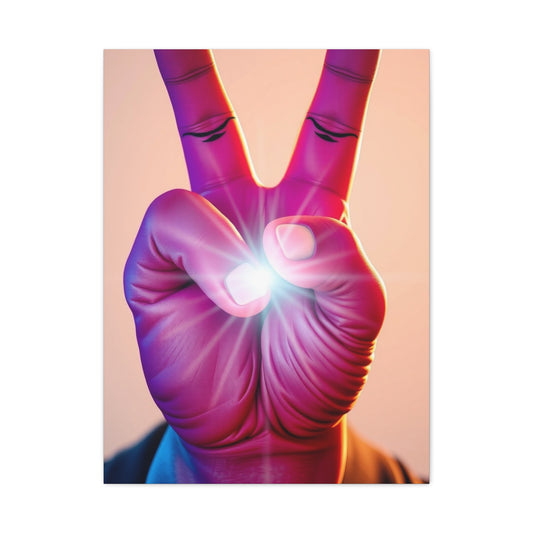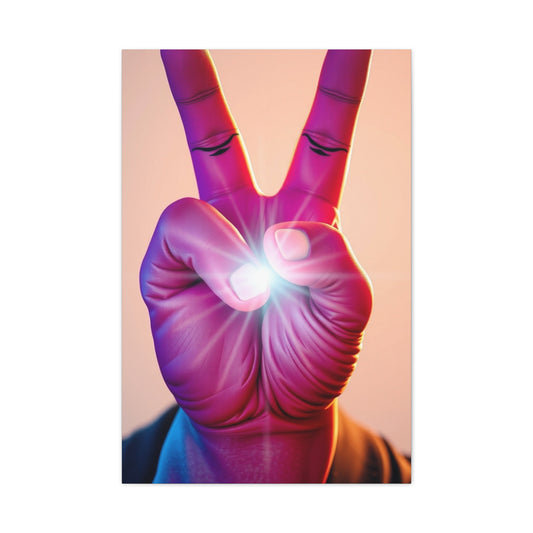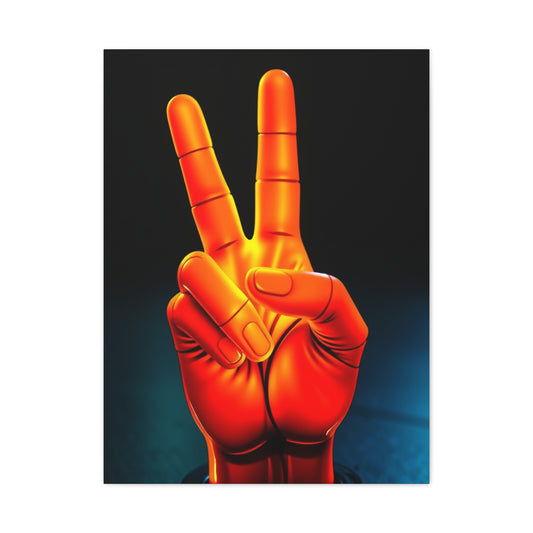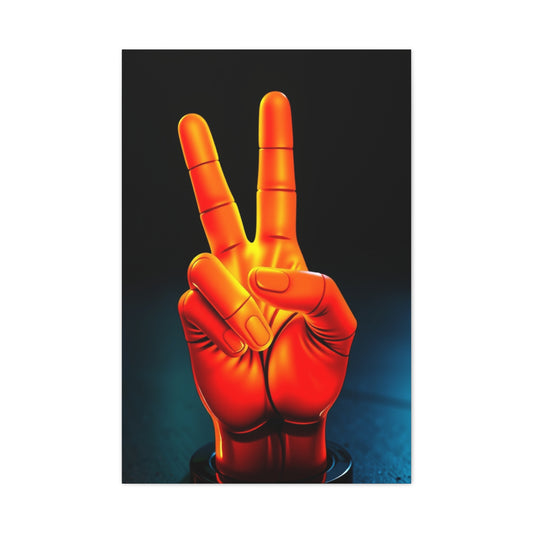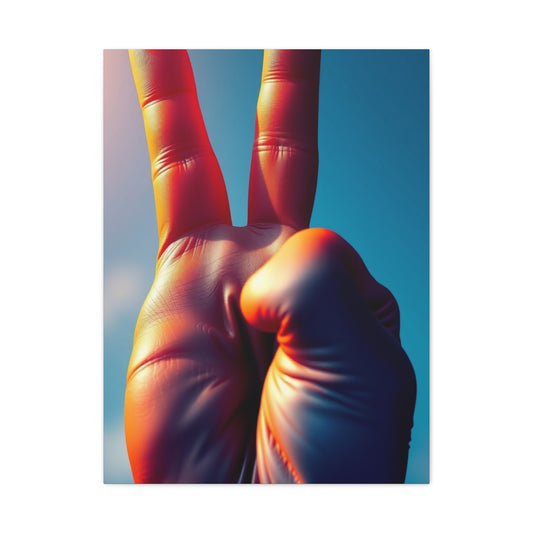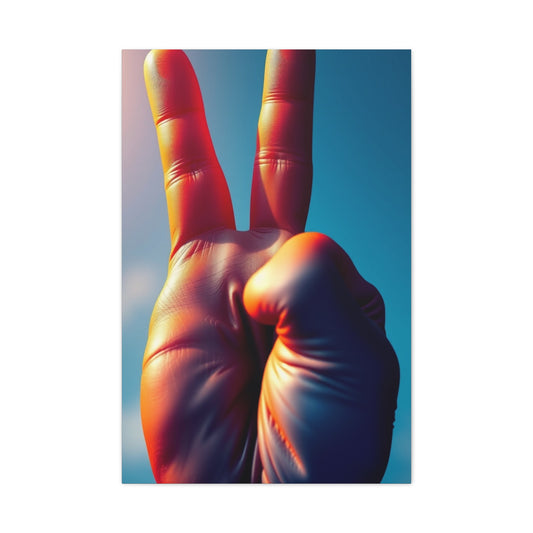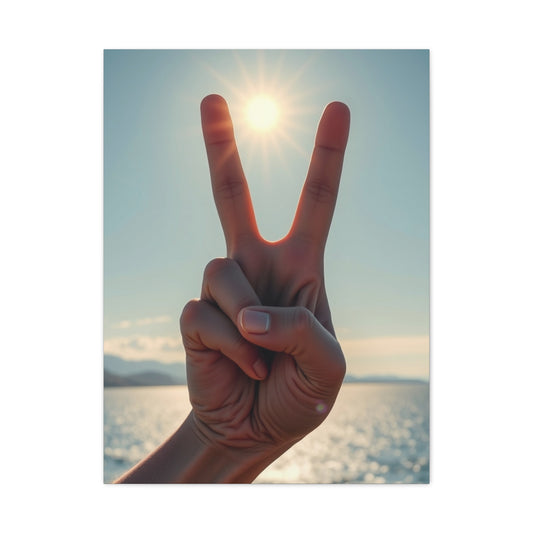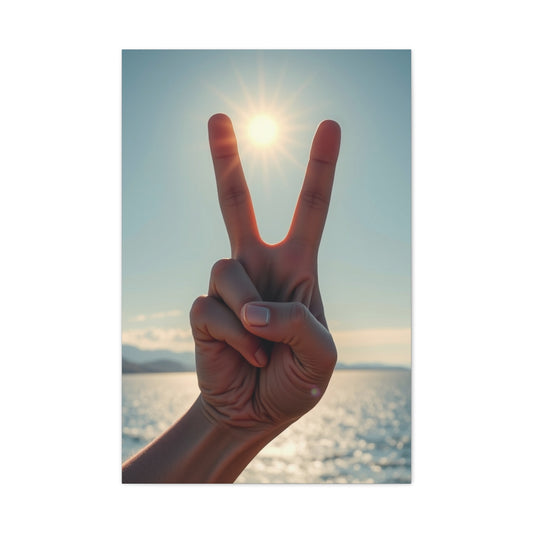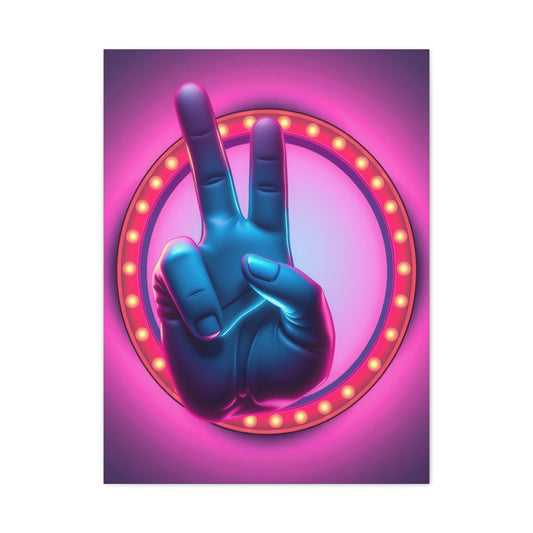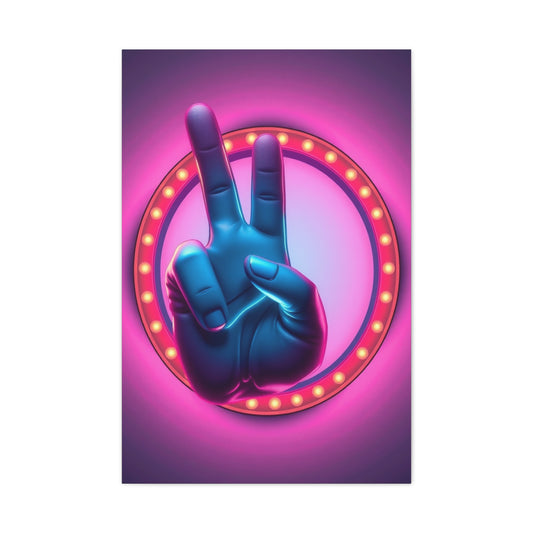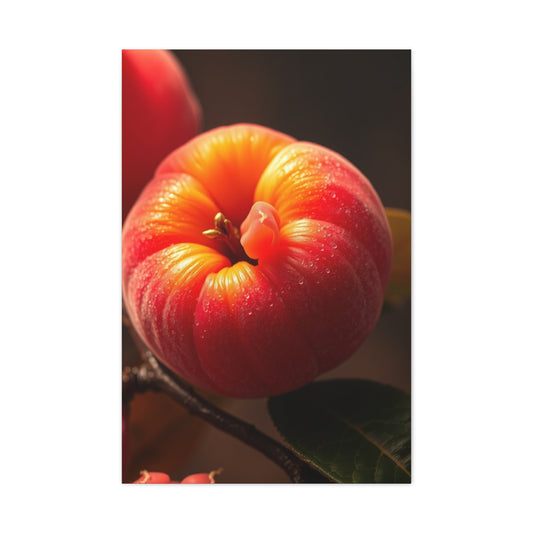Planning a family photoshoot can be a joyful but complex experience. Between scheduling, selecting a meaningful location, and ensuring everyone’s in the right mood, there’s one often-overlooked detail that can significantly impact your results: the family photo outfits.
Wardrobe choices are not merely aesthetic details—they’re foundational elements that influence the harmony, cohesion, and emotional tone of the portraits. Whether you’re a photographer preparing clients for a session or a parent trying to wrangle a cohesive look for your family, understanding how to coordinate clothing can make or break your final gallery.
This guide offers a comprehensive approach to outfit coordination, helping you curate polished, timeless family portraits that tell a story—and won’t leave you cringing years later.
Why Outfit Coordination Matters More Than You Think
When it comes to family photography, there’s often a major focus on location, posing, lighting, and camera gear—yet one of the most powerful elements within the frame is often an afterthought: what everyone is wearing. In fact, the way a family dresses for their portrait session plays a pivotal role in the success of the shoot. While it might seem like a superficial detail, outfit coordination is deeply tied to both visual aesthetics and emotional storytelling.
What people wear in a portrait does more than decorate the frame—it shapes the viewer's perception, directs focus, enhances mood, and strengthens connection. Poorly chosen clothing can turn an otherwise beautiful photograph into a disjointed composition filled with distraction, visual tension, or imbalance. But coordinated outfits, thoughtfully chosen, create flow, unity, and a timeless quality that enhances the overall impact of the image.
In this expanded guide, we’ll explore why wardrobe choices are essential to successful family portraits, how clothing interacts with light and environment, and how to use outfit planning to create cohesive, captivating photographs.
The Role of Clothing in Visual Composition
Every element within a photograph serves a purpose. Color, line, texture, light, and shadow all play into how an image is read. Wardrobe, often underestimated, intersects with all of these components. When subjects wear complementary colors, appropriate textures, and well-fitted garments, the composition gains clarity and elegance. On the other hand, clothing that clashes with the surroundings—or with each other—creates disharmony that pulls focus away from the emotions being captured.
In a portrait, the eye naturally gravitates toward contrast. If one person is wearing a bright red patterned dress and the rest of the group is in muted tones, the viewer’s attention will remain fixated on that one outfit. While contrast can be used intentionally for emphasis, it must be managed with care. Without a cohesive plan, one wardrobe choice can dominate the entire frame or create awkward imbalances.
Outfit Coordination Enhances Emotional Tone
Photography is about more than simply recording appearance—it’s about preserving a feeling, a connection, a shared moment in time. What a family wears during their session influences how that story is told visually. Matching or complementary clothing choices signify cohesion, mutual intent, and relational harmony.
Imagine a family of five where each member wears wildly different colors, styles, or seasonal attire. Even if each individual looks fine on their own, the collective image may appear chaotic or disconnected. Conversely, when everyone’s wardrobe complements one another—through tone, texture, and styling—the result is a narrative of togetherness. It shows planning, care, and emotional investment in the shared experience.
This doesn’t mean everyone needs to match exactly. In fact, over-matching can feel staged or impersonal. Instead, aim for coordination that celebrates individual personality while maintaining overall unity. A shared color palette, common material types, or thematic consistency can achieve this with grace.
How Light Reacts to Fabric and Color
Understanding how light interacts with different fabrics and colors is essential for producing high-quality portraits. Smooth, shiny fabrics like silk or satin reflect light differently than matte materials like cotton or linen. This variance can either enhance or hinder the lighting setup, depending on how it’s used.
Bright colors and whites can easily become overexposed in natural sunlight, especially during midday sessions. Similarly, dark tones such as deep navy or black may absorb light and cause faces to appear underexposed unless proper lighting is used. Light bounces off colors and surfaces in unique ways, affecting everything from skin tone accuracy to color balance across the frame.
Photographers must consider how the wardrobe will behave under natural light, flash, or studio lighting. A poorly chosen outfit might seem fine in person but disrupt exposure, contrast, and post-processing later. Coordinated wardrobe planning minimizes these risks by controlling how fabric and light will interact before the shutter ever clicks.
Establishing a Visual Hierarchy
In portrait photography, composition guides the viewer’s gaze. Visual hierarchy is the arrangement of elements in a way that leads the eye through the frame. Clothing, especially through color and contrast, plays a key role in establishing that path.
When subjects are dressed with intentional color groupings, the viewer’s attention naturally moves from face to face without interruption. The wardrobe doesn’t overpower the subject—it elevates them. But when someone wears a distracting print or an off-tone color that jars against the environment, it disrupts that flow.
Neutral tones or earth-inspired color palettes work particularly well for maintaining cohesion and balance. They are gentle on the eye, versatile across different locations, and allow for subtle layering and texture variance without becoming overpowering. Even a pop of color can work if it's strategically placed within a cohesive framework.
Enhancing Storytelling Through Style
What we wear is a visual extension of our identity. It reflects personality, lifestyle, and cultural context. In family portraits, style choices help support the narrative. For example, a rustic setting pairs beautifully with casual, earth-toned outfits—think jeans, boots, cozy knits. A studio shoot might call for more polished, structured attire with clean lines and minimalist accessories.
Even the smallest details—like a scarf passed down through generations, matching bracelets, or coordinated shoes—can hold sentimental value and deepen the emotional layers of a photo. These stylistic choices aren’t just about aesthetics—they’re about embedding meaning into the image.
For photographers, helping clients understand this elevates the service you provide. You’re not simply taking pictures—you’re crafting visual heirlooms. Encouraging thoughtful wardrobe selection supports the larger goal of creating artful, authentic family imagery.
Designing for Harmony: How Clothing Shapes the Story
When it comes to creating meaningful and memorable family portraits, there is more at stake than capturing posed smiles or picture-perfect scenery. At its essence, portrait photography is about freezing a moment of shared connection, emotion, and story—a visual representation of the family's unity, values, and character. Among the many tools a photographer has to shape this narrative, clothing plays a subtle but powerful role in building harmony within the frame.
Coordinating outfits for a family session is not just about avoiding clashing colors or matching everyone in the same sweater. It’s about curating an overall visual rhythm—a symphony of tones, textures, and styles that tell a cohesive story. When families are dressed with intentionality, the resulting images feel balanced, fluid, and emotionally authentic. This harmony resonates with viewers and, more importantly, with the family themselves when they look back on the photographs for years to come.
Clothing as a Visual Unifier
Clothing can either bring cohesion to a family portrait or fragment it. When styled thoughtfully, it becomes an essential design element that supports the composition. Outfits should never overpower the people wearing them, but they should frame and accentuate personalities in a consistent way.
Imagine a family of five preparing for an outdoor fall session. Instead of everyone wearing matching denim and white shirts—a trend that has long since faded—it’s far more effective to use complementary tones like rust, mustard, deep green, and navy. These earth tones harmonize with an autumn landscape and allow each family member to express their own fashion preferences within a shared color story.
A cohesive wardrobe plan ensures that no individual stands out for the wrong reason. Instead, viewers will see the family as a collective unit, with each person contributing to the larger visual narrative. This unity is what makes a photograph feel like a reflection of real connection, rather than a staged moment.
The Importance of Visual Rhythm
Great family portraits contain a rhythm—a sense of movement, flow, and order that makes the image pleasing to the eye. Wardrobe choices heavily influence this rhythm. By varying fabric textures, layering garments, and using subtle differences in shade, photographers and families can construct a more dynamic image.
For example, a soft-knit sweater next to a denim jacket, or a cotton blouse next to a linen shirt, provides contrast and interest. These visual shifts invite the eye to move around the frame naturally, encouraging engagement without becoming overwhelming. Monotony is avoided, and the photograph becomes richer and more textured as a result.
Moreover, rhythm can be used to subtly direct attention. A child in a brighter tone within a palette of neutrals might become the visual centerpiece of the portrait, guiding the viewer to a focal point without harsh contrasts.
Balancing Individuality and Group Cohesion
Every family is a unique mix of personalities. Some members might lean into classic, tailored styles, while others gravitate toward bohemian or relaxed casual wear. A well-designed wardrobe plan doesn’t suppress individuality—it provides a framework for expression that still supports visual unity.
Instead of enforcing a uniform look, aim for variety within boundaries. Select a few base colors and ask each person to incorporate at least one of them. Offer guidance on avoiding distracting logos, clashing patterns, or color mismatches, but allow space for personal touches like a favorite scarf, a statement necklace, or a signature hairstyle.
This approach ensures that everyone feels comfortable and confident, which is crucial for natural expressions and relaxed body language during the session. It also avoids the problem of one person standing out as the "odd one out" in terms of attire, which can draw unwanted attention in the final image.
Mood Matching Through Wardrobe Selection
Clothing helps set the emotional tone of the portrait. A session in a lush green park with everyone in pastels and soft textures will convey serenity and romance. A shoot in an urban alleyway with structured blazers, leather boots, and monochromatic tones will evoke sophistication and edge. The mood created by wardrobe choices directly complements the environment, helping to reinforce the story being told through the imagery.
For family photography, it’s often helpful to define the mood in advance—playful, nostalgic, cozy, elegant, adventurous—and build the clothing around that concept. This method creates a sense of intentionality that elevates the session from casual to curated, without losing the natural essence of the family’s connection.
Texture, Layers, and Depth
One of the simplest ways to add richness to your portraits is through layers and texture. Clothing made from materials such as wool, tweed, lace, or corduroy adds depth to the photo and keeps it from feeling flat. Layered clothing—jackets, vests, cardigans, scarves—not only adds visual complexity but also provides the flexibility to change looks quickly during the shoot without a full outfit change.
Depth in a portrait doesn’t just come from background blur or lighting. It comes from interaction—between people, between clothing and environment, and between texture and tone. Layered, textured outfits work as subtle storytelling elements that bring warmth and dimension to your photography.
Coordinating Without Copying
One common misconception about outfit planning is that everyone must wear the same color or style to look cohesive. In truth, exact matching can feel artificial and dated. Instead, coordination should rely on balance and repetition rather than duplication.
Think of wardrobe planning like arranging flowers—different shapes, colors, and sizes create a bouquet that is unified but not uniform. A mix of dresses, pants, and skirts in coordinated shades or seasonal tones works much better than identical outfits.
The idea is to create a blend that feels natural and effortless, with enough variety to show personality but enough consistency to prevent visual chaos.
Consider the Environment When Styling
The surrounding environment plays a crucial role in how clothing appears on camera. Sandy beaches, wooded trails, cozy living rooms, or downtown streets each have different lighting, textures, and color palettes. Clothing choices should enhance, not fight against, the location.
For example, pale neutrals might wash out in bright sunlight on a white-sand beach, while jewel tones can look stunning against an overcast sky or forest background. Likewise, indoor shoots with soft window light might benefit from earthy textures and warm tones.
By evaluating the location and matching the wardrobe accordingly, you ensure the family looks like they belong in the scene rather than appearing awkwardly placed within it.
Avoiding Distractions for Cleaner Results
Poor wardrobe choices can introduce unwanted distractions. Bright neon shades, loud logos, or clashing color combinations draw attention away from faces and emotional expressions. These elements not only disrupt visual flow but can also create extra work during editing.
Keeping accessories minimal, avoiding overly trendy pieces, and selecting shoes and outerwear that align with the theme will help ensure that the portrait remains timeless and cohesive. The aim is to enhance the storytelling, not interrupt it.
10 Expert Tips for Selecting Outfits That Photograph Beautifully
When planning for a family portrait session, the importance of wardrobe selection often goes underestimated. Beyond posing and location, what each person wears significantly affects how a photograph is perceived—consciously and subconsciously. Outfits contribute to tone, cohesion, and storytelling. They define how subjects interact with light and background, and they guide the viewer's gaze across the frame. Choosing what to wear for family photos requires more than guesswork—it’s a strategic part of crafting timeless, emotionally resonant imagery.
Below are ten in-depth style strategies to help you or your clients select wardrobe options that enhance the beauty, narrative, and longevity of your portraits.
1. Blend Textures for Dimensional Contrast
While some families gravitate toward a unified color scheme, relying solely on hue without attention to fabric can result in a lifeless image. That’s where texture becomes an invaluable tool. Blending a variety of tactile elements—like raw denim, thick knits, suede, soft chambray, or delicate lace—creates contrast that the camera naturally gravitates toward.
This interplay of surface and light gives photographs depth. Even within the same color family, texture can separate layers and subtly highlight the individuality of each family member. Think of a soft wool cardigan beside a crisp oxford shirt—tonally unified but visually dynamic.
2. Use Fabric Details to Breathe Life Into the Image
Static posing can sometimes sap energy from a portrait. Introducing movement through wardrobe details—flowy skirts, draped shawls, flutter sleeves, or even tassels—injects life into a still frame. These flourishes respond to natural elements like wind and body motion, softening the composition and keeping it from feeling too staged.
These flowing features also create organic lines that add elegance and grace to the photograph. Choosing fabrics that catch the breeze or drape naturally, like chiffon or linen blends, allows the photo to feel more cinematic and emotionally fluid.
3. Smart Patterns Create Separation
Patterns are often feared in group portraits due to their potential to clash—but when used judiciously, they are extremely effective in adding nuance. Subtle prints like botanical motifs, micro-plaid, or vintage-inspired florals introduce variation without disrupting harmony.
The key lies in balance. Only one or two family members should wear patterns, surrounded by solid tones that echo those print colors. This technique helps each subject stand out without overwhelming the frame or compromising the collective story.
4. Choose Stripes with Precision
Stripes are a classic design element, but they must be handled thoughtfully in portraiture. Horizontal stripes can visually widen the frame, which may not be flattering for all body types, while vertical lines tend to elongate and enhance posture.
Stripes should not compete across subjects. Avoid outfitting multiple people in divergent stripe directions or widths. When incorporating them, aim for subtle, narrow patterns or muted tones. This keeps them from becoming the focal point unless intentionally designed to do so.
5. Solid Tones Direct Focus to Expression
Simplicity often carries the most power. Solid-colored clothing is ideal for directing attention to facial expressions and the emotional connections within the photo. When everyone is dressed in clean, unfussy tones—like slate gray, rust, muted navy, or taupe—the portraits feel refined, cohesive, and grounded.
Neutral tones work across seasons and settings, offering versatility whether the shoot is conducted in a bright studio, forest, field, or along the shoreline. Use the environment to determine which tones will complement and enhance rather than compete.
6. Pick Necklines That Flatter but Don’t Distract
The neckline frames the face and can subtly shape the impression left by a portrait. V-necks are universally flattering, creating a lengthening effect on the torso and neck. Scoop necks offer softness and are ideal for relaxed, family-focused compositions. Boat necks widen the shoulder line and lend a contemporary feel.
When choosing necklines for a family session, consider the group composition. Avoid extreme shapes like plunging cuts or exaggerated collars unless they support a specific artistic direction. The ideal neckline complements, not commands, the image.
7. Well-Fitted Clothing Flatters Every Body
One of the most consistent mistakes seen in family portraits is ill-fitting attire. Oversized clothing, though comfortable, often adds unnecessary bulk and distorts natural proportions on camera. Conversely, tight garments can restrict movement and emphasize areas people may feel self-conscious about.
Encourage well-fitted, tailored clothing that flatters the body without constriction. This applies across all sizes and body types. When individuals feel comfortable in what they’re wearing, confidence radiates through the lens, making for more relaxed, authentic expressions.
8. Dress for the Setting and Season
The shoot location should guide outfit choices. For coastal or lakeside settings, opt for breezy fabrics, light tones, and relaxed fits. For urban shoots, more structured or layered looks in darker hues often work well. Natural settings, like parks or farms, benefit from earth tones, woven accessories, and natural fibers.
Seasonal adjustments also matter. Autumn demands cozy textures—think flannels, corduroy, and boots. Summer invites breathable cottons, airy dresses, and sandals. Winter portraits often shine with wool coats, knitted scarves, and layered neutral palettes. Matching the vibe of the setting ensures the image feels harmonious and rooted in place and time.
9. Celebrate Individual Style Within the Group Look
While coordination is vital, suppressing individual personality can make portraits feel stiff or impersonal. Each family member should feel comfortable and authentically represented. Children might gravitate toward playful pieces, while older generations may prefer classic styles. The trick is aligning these preferences within a shared color story and overall vision.
Let teenagers choose shoes or accessories that reflect their aesthetic. Allow younger kids to wear whimsical patterns in your palette. Everyone will appear more natural and happy when they feel good in their clothing.
10. Prioritize Comfort to Capture Authenticity
Portraits are not simply about appearances—they’re about emotion. And nothing sabotages a shoot more than discomfort. Itchy tags, restrictive waistbands, or uncomfortable shoes can lead to grimaces, awkward postures, and distracted children.
Comfort ensures that subjects can move, laugh, sit, or hug naturally without worrying about their outfit. The goal is for families to forget they’re being photographed—and that starts with wearing clothing that makes them feel at ease. When comfort is prioritized, the session becomes more relaxed, the energy is lighter, and the resulting images reflect genuine joy.
Creating Color Cohesion for Stunning Family Portraits
In the realm of family photography, few elements influence the overall harmony of an image as significantly as color. The wardrobe color palette chosen for a family session not only enhances visual appeal but also directly affects lighting behavior, emotional tone, and the seamless integration of subjects into their environment.
Creating color cohesion is not about rigidly matching outfits—it’s about crafting a palette that feels thoughtfully balanced and visually inviting. A cohesive approach ensures that no single individual dominates the frame unnecessarily and that all subjects relate to one another naturally. When done well, color coordination enhances depth, defines hierarchy, and supports the underlying story in the portrait.
This comprehensive guide will walk you through the art of curating colors for family portraits, helping to achieve beautifully synchronized results that endure beyond fleeting fashion trends.
Opt for Soft Whites or Creams Over Bright Whites
White is often considered a timeless, elegant choice—but in photography, pure white can introduce complications. Bright whites tend to reflect excessive light, which can lead to blown-out highlights, especially under direct sun or flash conditions. Overexposed white areas lose texture and detail, creating imbalance and potential distractions in your images.
Rather than eliminating white entirely, consider leaning into softer variations. Shades such as ivory, bone, pearl, or light oatmeal retain the clean, classic look while being far more forgiving in terms of exposure. These tones blend beautifully with other colors, offer gentle contrast, and photograph with far more subtlety and refinement.
Additionally, off-white tones are generally more flattering to a variety of skin tones, reducing the risk of the subject looking washed out. When working in naturally bright locations—like sandy beaches, snowy landscapes, or sunlit interiors—these variations of white become particularly advantageous.
Avoid Color Camouflage: Think in Context
Color selection must be made in relation to the shoot’s backdrop. Even the most flattering shade can lose its impact—or worse, cause subjects to disappear—when it’s too similar to the surrounding environment. This phenomenon, known as color camouflage, is one of the most common visual pitfalls in outdoor portraiture.
For example, wearing deep green in a wooded setting can create a “floating head” effect, where the subject’s torso visually vanishes into the foliage. Similarly, sporting burnt orange during a fall session may clash with the surrounding leaves, creating a jarring effect that detracts from the intended warmth of the scene.
Instead, focus on gentle contrast. You want outfits that complement the location without mimicking it. For woodland shoots, earthy neutrals like tan, beige, rust, or denim can work beautifully. On the beach, soft pastels or coastal blues photograph well. Urban settings are ideal for muted jewel tones, sleek blacks, or subtle patterns that echo architectural lines and colors.
Taking a moment to envision how the chosen wardrobe will sit within the landscape can dramatically enhance visual separation, adding clarity and dimension to the composition.
Choose a Curated Color Palette That Flows
One of the most effective ways to bring harmony to group portraits is through a well-thought-out, cohesive color palette. Instead of putting every family member in identical tones—which can look sterile or overly staged—select three to five complementary colors and allow each person to make selections within that range.
For instance, a calming palette might include tones like sage green, dusty rose, soft navy, light grey, and cream. These hues naturally complement one another while giving each subject the flexibility to wear something they feel confident in. A vibrant summer palette could include mustard yellow, teal, coral, and khaki. Autumnal tones might revolve around burgundy, camel, deep forest green, and oatmeal.
Curated palettes lend themselves to visual balance. They encourage individuality while maintaining a unifying thread that ties everyone together. This results in images that feel intentional but not forced, stylish without appearing overly choreographed.
Be Strategic With Bright Colors and Bold Prints
While bright colors can energize an image, they must be used judiciously. Neon shades and saturated hues can overwhelm a frame, pulling focus away from faces and gestures—the very heart of a portrait. Similarly, bold prints like polka dots, large plaids, or graphic elements (logos, characters, slogans) introduce visual noise that can dominate a photo’s aesthetic.
That’s not to say vibrant colors should be avoided entirely. When styled strategically, a splash of crimson, cobalt, or mustard can become a focal point that adds depth and personality. The key is to use brights sparingly. Designate one or two family members to wear bold tones, and surround them with neutrals or softer versions of the same color family.
For example, if a child is wearing a bright red dress, parents might wear muted charcoal, dusty pink, or pale gray to complement the vibrancy without competing with it. This balances emphasis and ensures that no single outfit disrupts the visual rhythm.
Prints should follow the same logic. Choose subtle patterns—like pinstripes, small florals, or herringbone—that add texture and visual interest without overpowering the frame. If one person wears a print, others should wear solids that match colors found in the patterned piece. This approach maintains consistency and prevents the image from feeling chaotic.
Consider the Emotional Impact of Color
Colors don’t just affect visuals—they influence mood. When selecting a wardrobe color palette, think about the emotional story you want to tell through the image. Soft pastels evoke tenderness and serenity. Earth tones feel grounded and nostalgic. Deep blues and greens suggest trust, calm, and unity. Brights like yellow or coral radiate joy, energy, and spontaneity.
The season of the session can also guide the emotional tone. Spring portraits often align with feelings of renewal and softness, while fall imagery leans into warmth, depth, and tradition. Winter can feel cozy and clean, while summer embraces vibrance and lightness.
Let the intended mood help shape the final color palette. The emotional tone created through colors often lasts longer in memory than exact fashion trends.
Group Size Matters in Color Distribution
When working with small family groups, a tightly coordinated color story is often easier to manage. But for extended families, where 10 or more people are involved, a more flexible approach works best. In these cases, break the group into mini-pods (such as immediate families) and assign each pod a specific hue or pattern within the overarching palette.
This layered method allows each subgroup to feel cohesive within themselves, while still maintaining consistency across the larger portrait. It also avoids having too many subjects in the exact same tone, which can flatten the image or make editing more challenging.
Remember: variation within structure is the sweet spot. You want individualism that exists within a framework of unity.
Tips for Choosing Colors That Age Gracefully
One of the overlooked considerations in portrait wardrobe planning is longevity. Just like hairstyles or interior design, certain color trends can date an image over time. What’s fashionable now may not reflect well a decade later.
To ensure timelessness, lean into neutral or nature-inspired tones. These hues have stood the test of time and adapt well to evolving tastes and photo settings. Consider how your images might look on your walls, in heirloom albums, or as framed prints gifted to extended family members.
Additionally, avoid overly trendy color combinations that are tied to specific years or social media aesthetics. The goal is to create a portrait that feels as relevant in 20 years as it does today.
Dressing by the Seasons: Curating Style to Match the Mood
Spring Style
Lean into the feeling of freshness with light pastels, soft patterns, and breathable fabrics. Dresses that sway, bare feet, and soft layers evoke joy and natural beauty. Avoid too much green when photographing in lush spaces to prevent subjects from disappearing into foliage.
Summer Styling
Embrace sunshine with airy fabrics and bold color pops. Vibrant shades of blue, coral, or yellow look radiant in natural light. Bare shoulders, rolled-up sleeves, and accessories like straw hats or sunglasses add seasonal flair without distracting.
Autumn Outfit Ideas
This is the season of earthy richness. Choose deep, warm tones like rust, maroon, mustard, and navy. Think about layering with scarves, cardigans, or boots to add cozy textures. Flannel, denim, and corduroy are ideal fall fabrics.
Winter Wardrobe Themes
Channel elegance and coziness with cool colors—steel gray, soft white, midnight blue, or deep plum. Use layers to your advantage: wool coats, chunky knits, beanies, and gloves not only add visual interest but also keep everyone comfortable.
Seamless Planning: How to Coordinate Without Stress
Start With One Foundational Look
Select one outfit first—often the family matriarch or session organizer—and build from there. This primary outfit sets the tone, and others can coordinate around its color, formality, and style.
Let the Setting Be Your Guide
The clothing should echo the vibe of the location. If you’re shooting at home, consider outfits that match the home's aesthetic—whether minimalist, rustic, or colorful. Outdoor locations demand weather-appropriate and movement-friendly attire.
Involve Everyone in the Vision
Hold a pre-shoot conversation where each family member can express preferences and concerns. Include children and teens—they’ll be more cooperative during the shoot if they feel included in the decisions.
Keep Accessories Simple and Strategic
A delicate necklace, well-placed hat, or subtle scarf can enhance an outfit. Avoid noisy jewelry, oversized sunglasses, or clashing props that can look awkward or dated later.
Prepare for Subtle Changes
If feasible, bring backup outfits or layering options. Something as simple as removing a jacket or changing shoes can provide variety in your gallery without requiring a complete wardrobe change.
Pro Tips to Prevent Post-Production Hassles
Details make a huge difference. Before the session, remind everyone to:
-
Remove price tags or stickers
-
Avoid neon or reflective materials
-
Skip clothing with text or cartoon graphics
-
Coordinate undergarments so they don’t peek through light fabrics
-
Do a quick lint check (especially with dark outfits)
-
Remove hairbands from wrists and phones from pockets
These small adjustments save time in editing and help create polished, professional-looking portraits.
Closing Thoughts: Clothing as a Canvas for Connection
Coordinating outfits for a family photoshoot isn’t about achieving picture-perfect symmetry—it’s about enhancing emotional authenticity through thoughtful visual design. Clothing serves as a subtle yet powerful element in storytelling, reinforcing the connections, personalities, and memories captured in each frame.
When families feel confident, comfortable, and connected to their wardrobe choices, the resulting images shine with sincerity. For photographers, helping guide this process fosters trust and delivers work that families will cherish for generations.
Creating a seamless wardrobe plan requires planning, communication, and an understanding of both aesthetics and emotion. But the payoff—stunning portraits that stand the test of time—is more than worth the effort.










